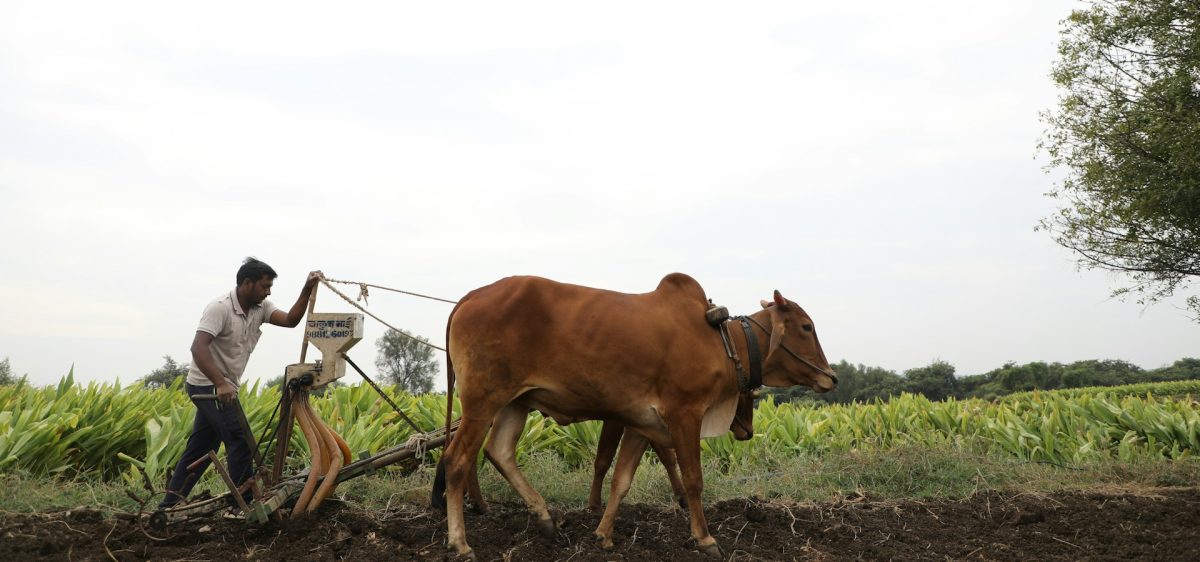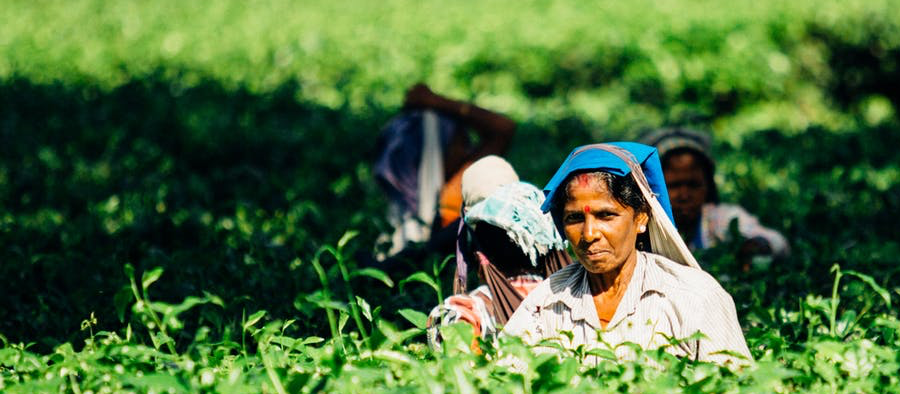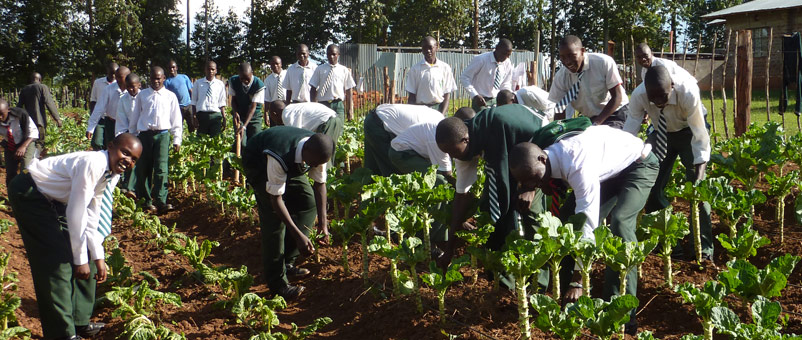For the first time ever, food and agriculture took centre stage at the annual United Nations climate conference in 2023. More than 150 countries signed a declaration, committing to make their food systems – everything from production to consumption – a focal point in national strategies to address climate change.
While the declaration is thin on concrete actions to adapt to climate change and reduce emissions, it draws attention to a crucial issue. The global food supply is increasingly facing disruptions from extreme heat and storms. It is also a major contributor to climate change, responsible for one-third of all greenhouse gas emissions from human activities. This tension is why agriculture innovation is increasingly being elevated in international climate discussions.
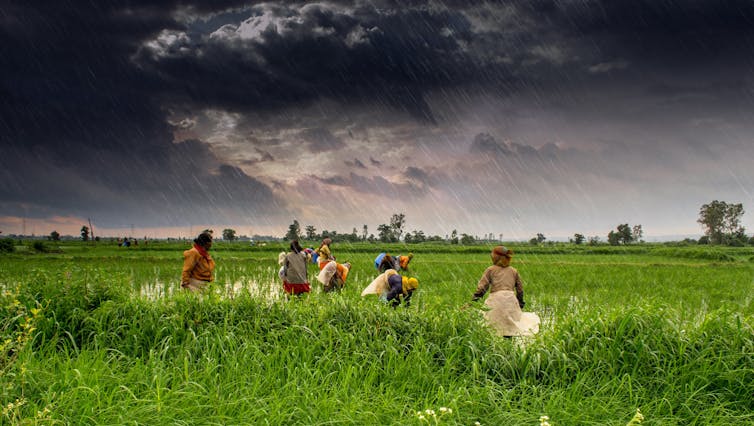
At present, agriculture provides enough food for the world’s eight billion people, although many do not have adequate access. But to feed a global population of 10 billion in 2050, croplands would need to expand by 660,000 to 1.2 million square miles (171 million to 301 million hectare) relative to 2010.
That would lead to more deforestation, which contributes to climate change. Further, some practices widely relied on to produce sufficient food also contribute to climate change.
Simply eliminating deforestation and these practices without alternative solutions would decrease the world’s food supply and farmers’ incomes. Fortunately, innovations are emerging that can help.
In a report released Dec. 2, the Innovation Commission for Climate Change, Food Security and Agriculture, founded by Nobel-winning economist Michael Kremer, identifies seven priority areas for innovation that can help ensure sufficient food production, minimise greenhouse gas emissions and be scaled up to reach hundreds of millions of people.
I am an agriculture economist and executive director for the commission. Three innovations in particular stand out for their ability to scale up quickly and pay off economically.
Accurate, accessible weather forecasts
With extreme weather leaving crops increasingly vulnerable and farmers struggling to adapt, accurate weather forecasts are crucial. Farmers need to know what to expect, both in the days ahead and farther out, to make strategic decisions about planting, irrigating, fertilising and harvesting.
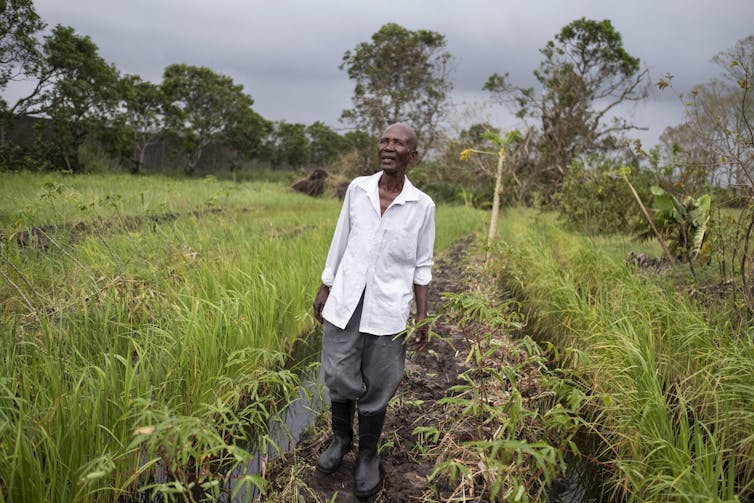
Yet access to accurate, detailed forecasts is rare for farmers in many low- and middle-income countries.
Our assessment shows that investing in technology to collect data and make forecasts widely available – such as by radio, text message or WhatsApp – can pay off many times over for economies.
For example, accurate state-level forecasts of seasonal monsoon rainfall totals would help Indian farmers optimise sowing and planting times, providing an estimated US$3 billion in benefits over five years – at a cost of around $5 million.
If farmers in Benin received accurate forecasts by text message, we estimate that they could save each farmer $110 to $356 per year, a large amount in that country.
More sharing of information among neighbouring countries, using platforms like the World Meteorological Organisation’s Climate Services Information System, could also improve forecasts.
Microbial fertilisers as food and agriculture innovation
Another innovation priority for food and agriculture involves expanding the use of microbial fertilisers.
Nitrogen fertiliser is widely used to increase crop yields, but it is typically made from natural gas and is a major source of greenhouse gas emissions. Microbial fertilisers use bacteria to help plants and soil absorb the nutrients they need, thereby reducing the amount of nitrogen fertiliser needed.
Studies have found that microbial fertilisers could increase legume yields by 10 per cent to 30 per cent in healthy soil and generate billions of dollars in benefits. Other microbial fertilisers work with corn, and scientists are working on more advancements.
Soybean farmers in Brazil have been using a rhizobia-based microbial fertiliser for decades to improve their yields and cut synthetic fertiliser costs. But this technique is not as widely known elsewhere. Scaling it up will require funding to expand testing to more countries, but it has great potential payoff for farmers, soil health and the climate.
Reducing methane from livestock
A third innovation priority is livestock, the source of roughly two-thirds of agriculture’s greenhouse gas emissions. With demand for beef projected to rise 80 per cent by 2050 as low- and middle-income countries grow wealthier, reducing those emissions is essential.
Several innovative methods for reducing livestock methane emissions target enteric fermentation, which leads to methane belches.
Adding algae, seaweed, lipids, tannins or certain synthetic compounds to cattle feed can change the chemical reactions that generate methane during digestion. Studies have found some techniques have the potential to reduce methane emissions by a quarter to nearly 100 per cent. When cattle produce less methane, they also waste less energy, which can go into growth and milk production, providing a boost for farmers.
The method is still expensive, but further development and private investment could help scale it up and lower the cost. Gene editing, either of livestock or the microorganisms in their stomachs, could also someday hold potential.
This article, originally published Dec. 2, has been updated with the declaration’s signatory count as of Dec. 12.
This article is republished from The Conversation under a Creative Commons license. Read the rest of the original article.
